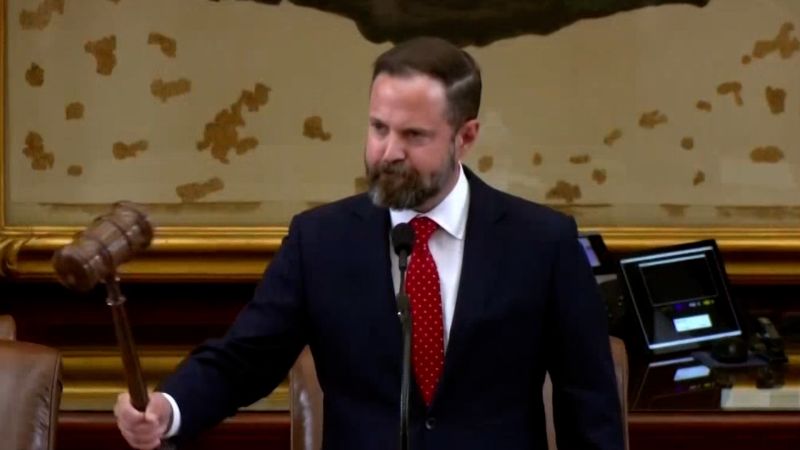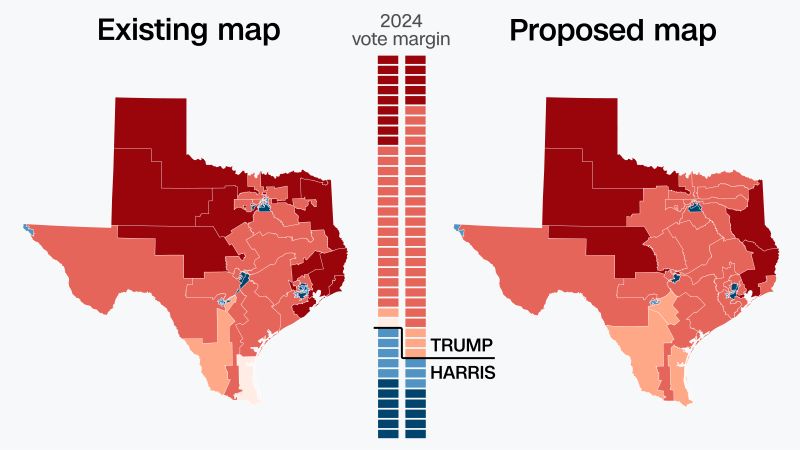
Texas House Democrats Signal Potential Resolution to Redistricting Standoff
Politics | 8/14/2025
Texas House Democrats have indicated their readiness to end the redistricting standoff and resume their legislative duties in the state. The Democratic lawmakers, who had left Texas to break quorum, signaling their opposition to proposed GOP-drawn voting maps, are now showing signs of a potential resolution to the impasse. This move comes after weeks of intense political tension and procedural delays in the state’s redistricting process.
While specific details of the Democrats’ decision-making process remain undisclosed, sources close to the discussions suggest that ongoing negotiations and internal deliberations within the party have contributed to this potential shift in strategy. The Democrats had been absent from the state since late July, stalling legislative operations in protest against what they deemed as gerrymandered electoral maps that could disadvantage minority voters.
In response to the Democrats’ indication of a possible return, Republican leaders in Texas have expressed cautious optimism but remain vigilant about the evolving situation. A statement from a GOP spokesperson highlighted the need for a constructive dialogue to address the redistricting challenges faced by the state, emphasizing the importance of bipartisan cooperation in the legislative process.
The development in Texas reflects a critical juncture in the ongoing debate over redistricting and voting rights, with implications for the state’s political landscape and electoral future. As the standoff potentially nears its conclusion, both Democratic and Republican lawmakers are closely monitoring the situation, aware of the broader implications of the redistricting process on representation and electoral fairness in Texas.
As the discussions progress, the final outcome remains uncertain, with key decisions yet to be made regarding the Democrats’ return and the path forward for redistricting in Texas. The potential resolution of the standoff could mark a significant shift in the state’s political dynamics, impacting not only the current legislative session but also shaping the electoral landscape for years to come.


